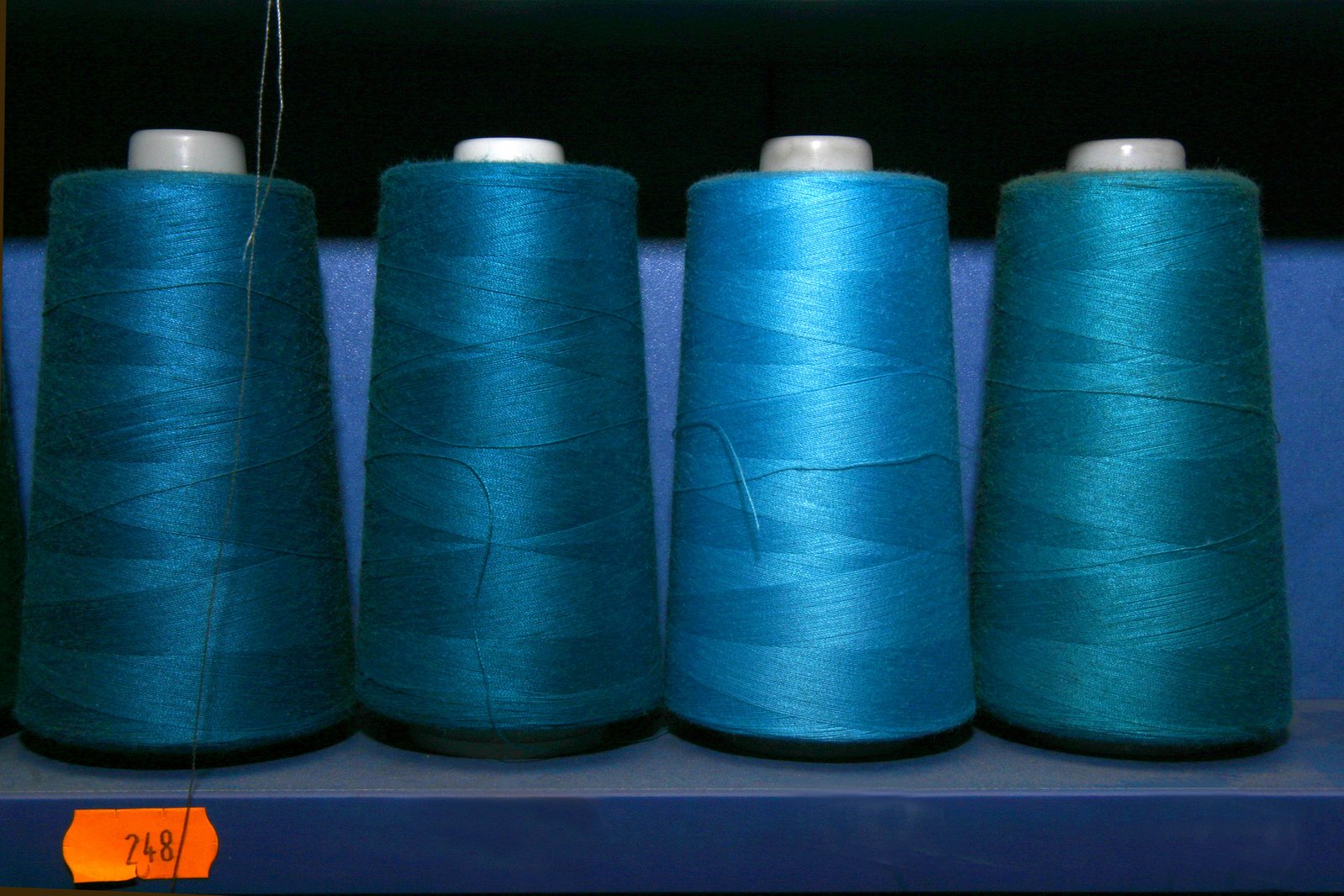

TECHRIGHTS has repeatedly written about Berkheimer, foreseeing a distortion and then rebutting it. Berkheimer does not change anything at the USPTO and it's unlikely to change anything at the courts either (contrary to what patent maximalists are saying). The patent maximalists just cherry-pick sentences to bolster their bogus narrative that PTAB disregards facts or isn't pursuing any facts.
"The patent maximalists just cherry-pick sentences to bolster their bogus narrative that PTAB disregards facts or isn't pursuing any facts."Finnegan, a very large lawyers' firm, now joins the Berkheimer spin wave. Days ago it wrote:
In Berkheimer v. HP Inc. (Fed. Cir. Feb. 6, 2018), the Federal Circuit affirmed the district court’s finding that certain claims of U.S. Patent No. 7,447,713—directed to digital processing and archiving in a digital asset management system—were indefinite, and affirmed-in-part and vacated-in-part the grant of summary judgment that other claims were invalid under 35 U.S.C. €§ 101.
"It wasn't a victory, it was not about Section 101, and it's not the Supreme Court."So Berkheimer made no substantial difference here, just as we expected.
What also ought to be expected, at least for days if not weeks to come, is a misstatement about what Berkheimer really was about. Earlier today we found a couple more examples of patent maximalists misrepresenting this decision. Friends of a disgraced Federal Circuit judge said this:
The phrase “minimal redundancy” in a patent claim was indefinite under 35 USC €§ 112 where the patent specification inconsistently described levels of redundancy achieved by its system. Berkheimer v. HP, Inc., No. 2017-1437 (Fed. Cir. Feb 8, 2017) (precedential) (opinion by Judge Moore, joined by Judges Taranto and Stoll). Accordingly, the court affirmed a district court’s summary judgment that claim 10 of US Patent No. 7,447,713 was indefinite. The court also addressed the patent-eligibility of other claims of the ’713 patent; the patent-eligibility issues are dealt with in another post.
In a pair of interesting software-related cases, the U.S. Court of Appeals for the Federal Circuit appears to push back on one of the supposed goals of the U.S. Supreme Court’s Alice v. CLS Bank International decision. In Alice, the U.S. Supreme Court clarified and restated the Mayo Collaborative Services v. Prometheus decision’s test concerning patent eligible subject matter. In doing so, the Supreme Court started a new era of U.S. patent law which made patent eligible subject matter a very important inquiry with respect to the patentability of inventions, particulary those in the software space—although Alice’s impact is felt in other technological areas. Since Alice issued, the U.S. Court of Appeals for the Federal Circuit has clarified the Alice test and notably provided guidance to patent lawyers on how to “avoid” or “comply” with Alice.
Importantly, one of the purported benefits of Alice was to allow for the early dismissal of claims based on patent eligible subject matter. An alleged infringer could conceivably quickly raise patent eligible subject matter and get a claim dismissed on either a 12(b)(6) motion for failure to state a claim or a motion for summary judgment. In additional push-back to Alice, the Federal Circuit in Berkheimer v. HP (February 8, 2018) has recently held that even after claim construction a motion for summary judgment on patent eligible subject matter may be improper because of genuine issues of material fact.
Since the Supreme Court decided Alice v. CLS Bank in June 2014, the USPTO regularly issues new memoranda explaining its implementation of the ۤ 101 framework. This includes some of the more notable memos for prosecutors: the memo on Enfish v. Microsoft from May 2016, the memo on McRO and BASCOM from November 2016, and dozens of eligibility examples. The USPTO also maintains a quick reference sheet on decisions holding claims eligible and identifying abstract ideas, and a chart of subject matter eligibility court decisions.